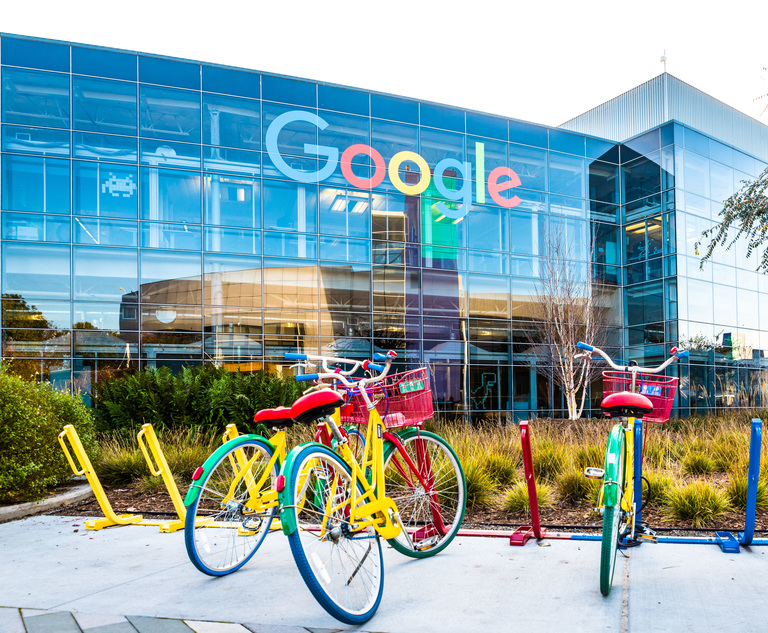Artificial intelligence has revolutionized various industries and fields, including the creation of artwork and its implications in the intellectual property field. As AI technology has become more accessible and reliable, many individuals and businesses are turning to AI-based resources to create logos and branding designs. The rise of AI-generated art raises various legal challenges regarding intellectual property, particularly about copyright in such works, while carrying trademark implications.
AI-generated artwork raises questions of copyright ownership, including in artistic creations such as drawings, paintings and sculptures. Under U.S. copyright law, the creator of the artwork generally owns the copyright unless the artwork is a work made for hire. When an AI algorithm creates an artwork, questions arise as to who is the actual creator of the work, and thus, who owns the copyright in the work. Is it the party that owns the underlying algorithm or the party that rendered the final artwork, or both?
This content has been archived. It is available through our partners, LexisNexis® and Bloomberg Law.
To view this content, please continue to their sites.
Not a Lexis Subscriber?
Subscribe Now
Not a Bloomberg Law Subscriber?
Subscribe Now
LexisNexis® and Bloomberg Law are third party online distributors of the broad collection of current and archived versions of ALM's legal news publications. LexisNexis® and Bloomberg Law customers are able to access and use ALM's content, including content from the National Law Journal, The American Lawyer, Legaltech News, The New York Law Journal, and Corporate Counsel, as well as other sources of legal information.
For questions call 1-877-256-2472 or contact us at [email protected]


 (L-R)Mary S. Mathew and Aleksandra Sitnick of Dentons. Courtesy photos
(L-R)Mary S. Mathew and Aleksandra Sitnick of Dentons. Courtesy photos




